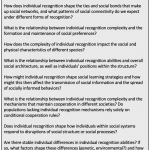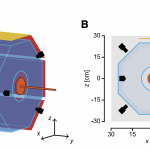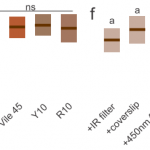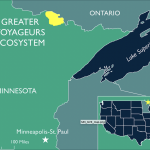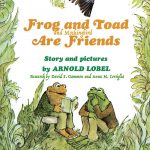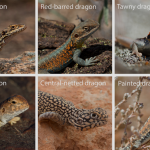This gallery contains 3 photos.
Animals living in natural ecosystems often live with the background noise produced by water features or insect calls, for example. This background noise can interfere with an organism’s abilities to effectively distribute their acoustic signals or perceive other acoustic signals … Continue reading


